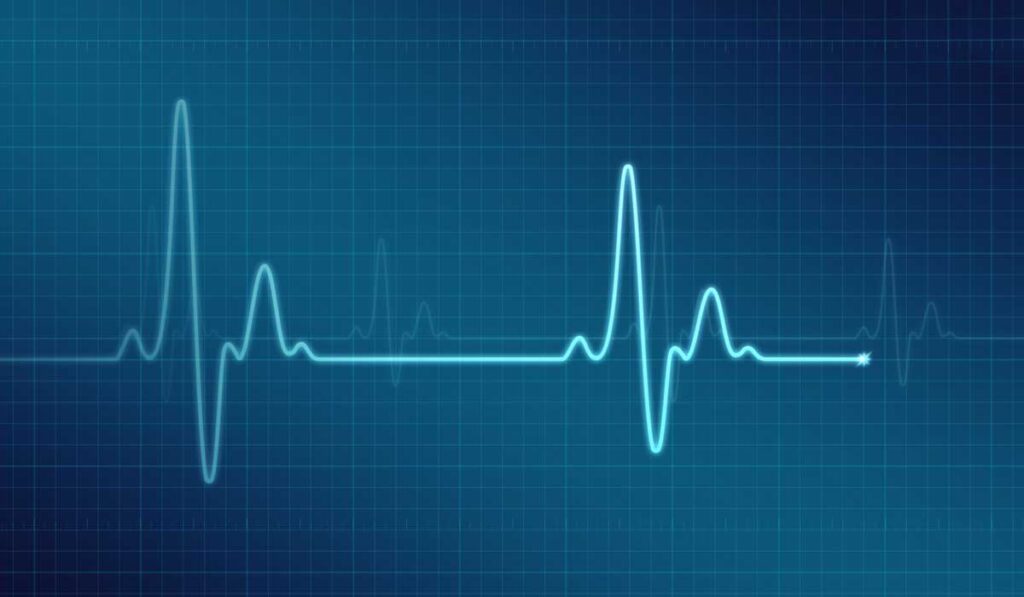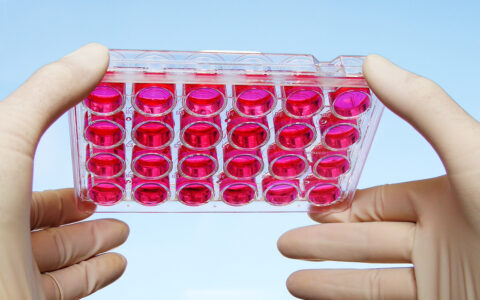Researchers studying the effect of myocardial infarction (MI) on kidney function found, to their surprise, that mice were protected against acute kidney injury following MI, but only in the short term.
“In people, what we see all the time is that patients with worse heart outcomes have worse kidney outcomes,” said Andrew Terker, M.D., first author on the study and a fellow in the Division of Nephrology and Hypertension at Vanderbilt University Medical Center. “In our studies, however, mice with heart problems fared better in terms of kidney function shortly after the MI, which was not what we expected. The MI decreased blood flow to the kidney, and we thought that the low oxygen, hypoxic state may have primed the kidney to get ready for the ensuing adverse event.”
The findings from the study, published in the American Journal of Physiology – Renal Physiology, could lead to new preventive measures and treatments for simultaneous heart and kidney disease.
Seeking to Explain Surprising Results
At the outset of the study, Terker and colleagues were striving to understand what happens within the kidney in a scenario involving chronic heart problems. The research team gave mice in the experimental group a mild to moderate heart attack. Two months later, they induced an abrupt kidney injury in both the experimental and control groups by interrupting renal blood flow.
“These pathways may be priming the kidney to withstand injury, through a sort of hypoxic preconditioning.”
“When we realized that, acutely, the mice with the heart problems actually fared better in terms of kidney function, we tried to figure out what happened before the kidney injury that prepared the kidneys to respond,” Terker said. Mice that had a prior MI displayed a roughly 25 percent reduction in acute kidney injury, he noted.
Over the long term however, the protective effects of MI on the kidneys dissipated. “When we checked four or five weeks after MI, those mice had more chronic kidney disease than the controls,” Terker said. “This is more aligned with what we see in our patients.”
How Does the Kidney Prepare for Trouble?
The team’s finding that mice displayed short-term protection from kidney damage after MI falls in line with previous reports showing that a reduction in renal oxygen can activate hypoxia-sensing pathways to induce renal ischemic preconditioning. Indeed, Terker and colleagues determined that the protection discovered following MI was similar to protection observed in a separate group of healthy mice housed in ambient hypoxic conditions prior to kidney injury.
“These pathways may be priming the kidney to withstand injury, through a sort of hypoxic preconditioning,” Terker said.
The team’s research suggests that a class of fairly new drugs now used to treat anemia in chronic kidney disease (CKD), called hypoxia-inducible factor activators, may be useful in treating renal ischemic injury. “We may be able to continue working with these pathways that sense low oxygen levels to develop other medications to better treat or event prevent CKD,” Terker explained.
“Finding targeted treatments that can specifically address cardiorenal syndrome could potentially benefit huge numbers of patients with coexisting heart and kidney disease.”
Shining a Light on Cardiorenal Syndrome
Cardiorenal syndrome refers to the reciprocal links and effects between heart dysfunction and kidney dysfunction, where injuries to one organ directly advance deterioration of the other. “As widespread as cardiorenal syndrome is, we don’t understand a lot about the science behind it and the mechanisms that drive it,” Terker said.
Clinically, both heart and kidney disease often go unaddressed at early stages. “Patients often have mild heart problems or mild kidney problems, without realizing anything is wrong,” Terker said. “But it’s a downhill trajectory, and both systems can spiral out of control if the problems are left untreated.”
CDC data confirm this trend. In 2017, 15 percent of adults in the U.S. were estimated to have CKD, with 96 percent of people with kidney damage or mildly reduced kidney function unaware of having the disease. Although heart disease is the leading cause of death in the U.S., the CDC reports that about 20 percent of heart attacks go unrecognized.
“Finding targeted treatments that can specifically address cardiorenal syndrome could potentially benefit huge numbers of patients with coexisting heart and kidney disease,” Terker said. “This would address our long-term goal of helping patients live longer, healthier lives.”





